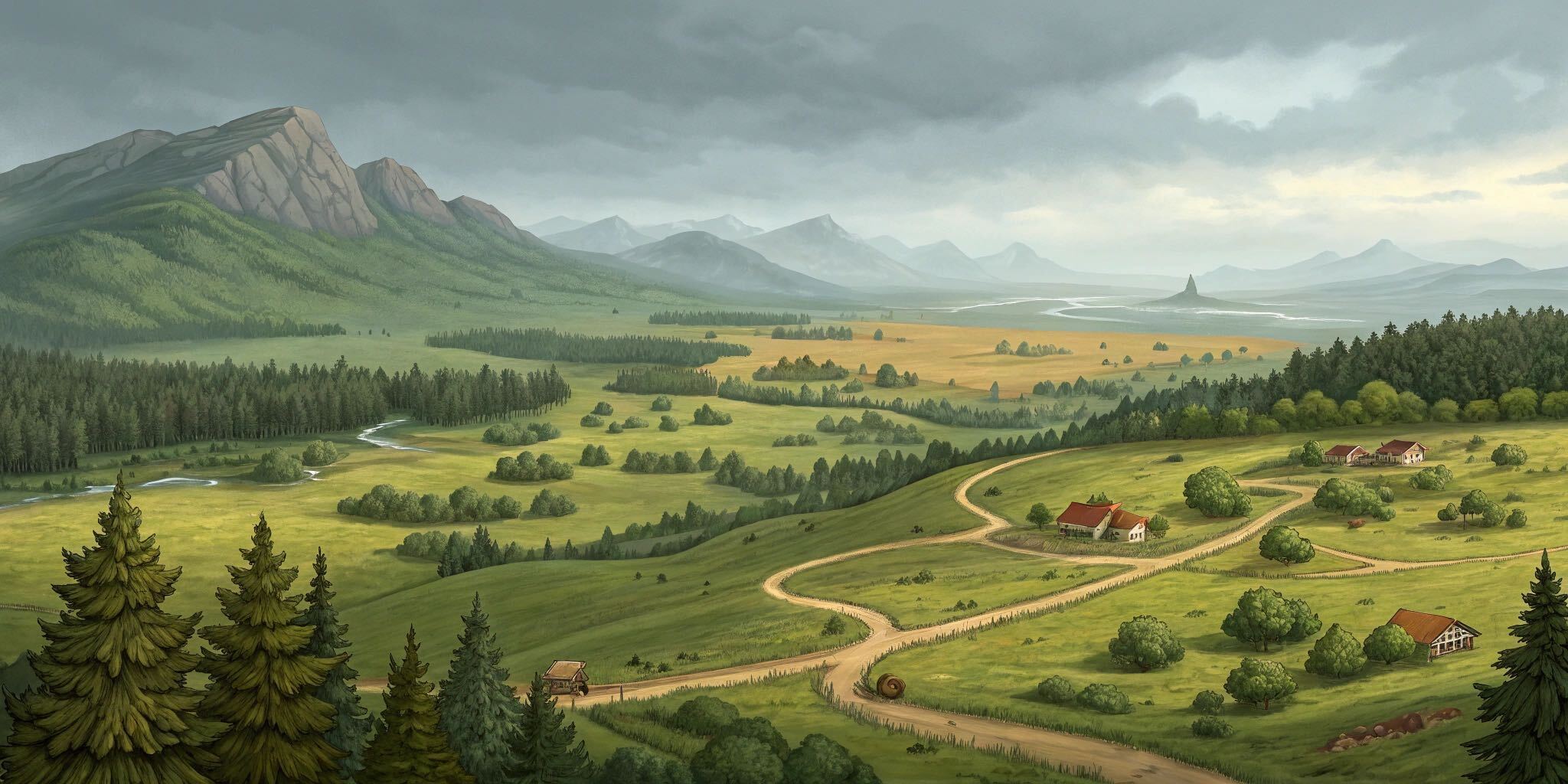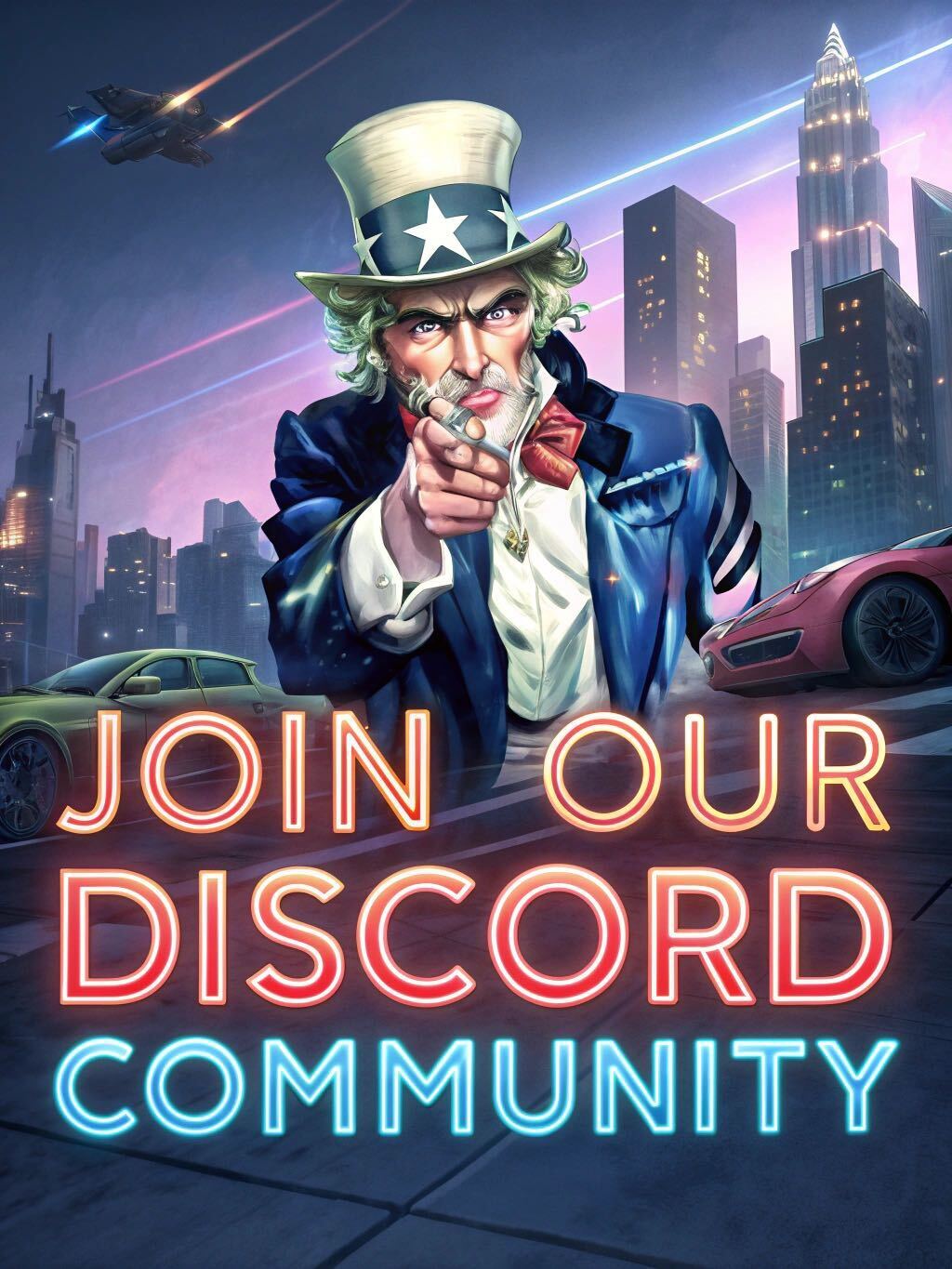At first glance, Talisman looks harmless; a fairy-tale spiral of adventurers, monsters and magic. But anyone who’s sat at the table knows this is no stroll through central park. Beneath its nostalgic artwork and relentless dice rolls lies one of the most unpredictable, polarising and enduring fantasy board games ever made. Reminiscent of the brutal outcomes in Monopoly, there can be only one that remains and yet for over forty years, Talisman has enchanted, infuriated and inspired players; spinning them around its board toward one goal; the fabled Crown of Command. Behind that journey lies an origin story that changed the fate of an entire company.
Before Warhammer became a global miniature empire, Games Workshop was a scrappy British company selling Dungeons & Dragons rule-books and publishing White Dwarf magazine. It was in 1983 when designer Robert Harris walked into the Workshop with a fantasy prototype that would eventually make history. Originally called Necromancer – a simple spiral game about ascending to a magical island. With its mix of D&D flavour and family-friendly play, it was quickly modified to become Talisman: The Magical Quest Game, replacing necromancy with a mystical Crown of Command.
Talisman became Games Workshop’s first mass-market success, long before orcs, bolt-guns and Grimdark universes. It proved that fantasy board games could sell; not just to hobbyists but to ordinary families wandering through toy aisles. It was the company’s gateway hit, its Twilight Imperium moment decades before Fantasy Flight Games would have one of their own. Just as Twilight Imperium later transformed Fantasy Flight Games from a small studio in Minnesota into a world-class publisher of epic space sagas, Talisman transformed Games Workshop from a distributor into a full-fledged creative powerhouse. Without Talisman’s success, there may not have been Warhammer, or the publicly listed mammoth corporation that controls it.
Since its debut, Talisman has undergone five major editions, each reshaping its rules, artwork and tone with the time:
| Edition | Year | Publisher | Notable Traits |
| Original | 1983 | Games Workshop | Black & White Cards, Paper Tokens |
| Second | 1985 | Games Workshop | Full Colour Polished Components |
| Third | 1994 | Games Workshop | Plastic Components and Variants |
| Fourth | 2008 | Fantasy Flight Games | First 3D Models and Countless Expansions |
| Fifth | 2024 | Avalon Hill | Less Brutal – More Co-Operative |
Across these incarnations, Talisman has sold over 800,000 copies and still draws new fans every year. From Fantasy Flight Game’s deluxe reissue to Avalon Hill’s controversial 2024 reboot, the game continues to be proof that sometimes the old spells still work. Four decades on, Talisman continues to mesmerise and frustrate in equal measure. It’s a relic from a more whimsical era of board gaming; one that valued imagination over efficiency, chaos over control. And like the heroes who stumble toward the Crown of Command, the game itself keeps coming back, reborn with each new edition.
One reason Talisman survives generation after generation is its mod-friendly nature. The base game is a playground for tinkerers, artists and creators. Like Monopoly it has also been re-licensed for both Batman and Harry Potter variations – yet it’s biggest flaw is also its defining feature – the infamous board, which has remained the same for nearly half a century now. Three regions that spiral inwards towards the path of peril. Players are like cattle as they move around the board. The spiral draws you inward, step by step, with no escape. It’s thematically brilliant; a literal quest towards destiny, but mechanically cruel and somewhat predictable. For such a rich game filled with countless characters and events, the monotony of the same things being in the same place every time seems like a missed opportunity and something we address with Talisman Hexed.


